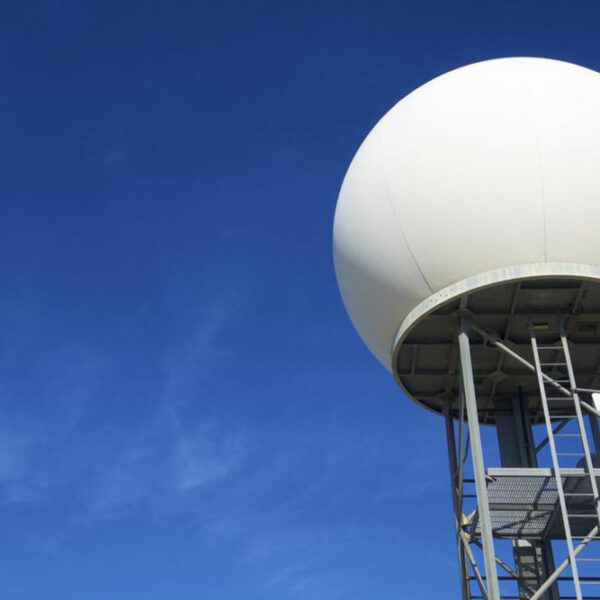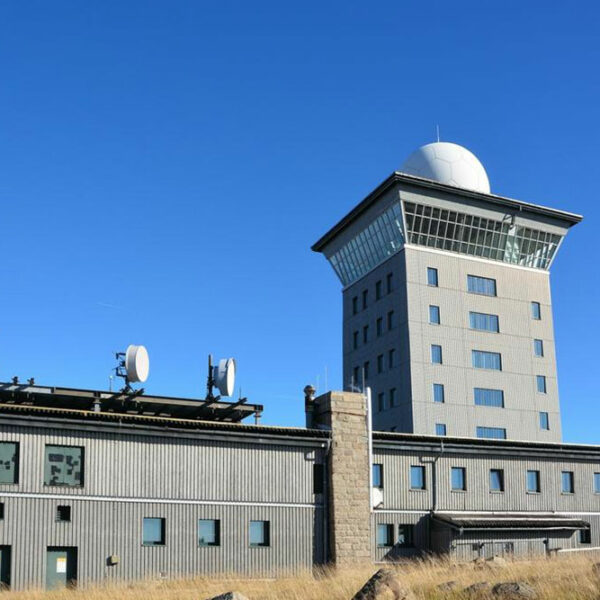
Weather radar and their role in weather prediction
Also called as weather surveillance radar (WSR) or Doppler weather radar, Weather radar, are the ones that are used to locate precipitation, calculate its motion, and estimate its type (rain, snow, hail etc. weather radars that are manufactured nowadays are mostly pulse-Doppler radars. These weather radars are capable of detecting rain droplets motions. They are also capable of measuring the intensity of the precipitation. These types of data can be used to determine the structure of storms and their potential to cause severe weather. Radar operators during World war II noticed that weather parameters were causing echoes in the signals appearing on their screen, which masked potential enemy targets. Techniques were developed to filter these anomalies. This led scientists to study the phenomenon. Soon after, many radars were used to detect precipitation. Weather radars since then have evolved and are now used by national weather services, research departments in universities, and television newscasts. Specialized software can take radar data and make short term forecasts of future positions and intensities of rain, snow, hail, and other weather phenomena. Radar output is even incorporated into numerical weather prediction models to improve analyses and forecasts. Weather radars use microwave radiation as their source of propagation.
